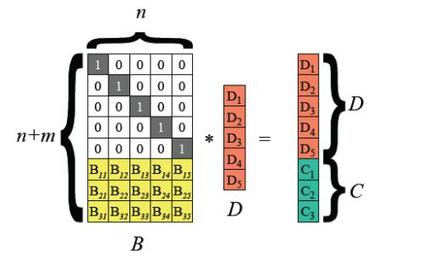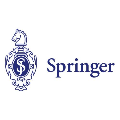We design and implement a network-coding-enabled reliability architecture for next generation wireless networks. Our network coding (NC) architecture uses a flexible thread-based design, with each encoder-decoder instance applying systematic intra-session random linear network coding as a packet erasure code at the IP layer, to ensure the fast and reliable transfer of information between wireless nodes. Using Global Environment for Network Innovations (GENI) WiMAX platforms, a series of point-to-point transmission experiments were conducted to compare the performance of the NC architecture to that of the Automatic Repeated reQuest (ARQ) and Hybrid ARQ (HARQ) mechanisms. At the application layer, Iperf and UDP-based File Transfer Protocol (UFTP) are used to measure throughput, packet loss and file transfer delay. In our selected scenarios, the proposed architecture is able to decrease packet loss from around 11-32% to nearly 0%; compared to HARQ and joint HARQ/ARQ mechanisms, the NC architecture offers up to 5.9 times gain in throughput and 5.5 times reduction in end-to-end file transfer delay. Our experiments show that network coding as a packet erasure code in the upper layers of the protocol stack has the potential to reduce the need for joint HARQ/ARQ schemes in the PHY/MAC layers, thus offering insights into cross-layer designs of efficient next generation wireless networks.
翻译:我们设计并实施了下一代无线网络网络的网络编码可靠架构。我们的网络编码(NC)架构使用灵活的线性设计,每个编码器-编码器(NC)都使用系统化的会间随机线性网络编码作为IP层的封隔代码,以确保无线节点之间的信息快速可靠的传输。利用全球网络创新环境(GENI)WIMAX平台,进行了一系列点对点传输实验,将NC架构的性能与自动重复检索(ARQ)和混合ARQ(HAQ)机制的性能进行比较。在应用层,Iperf和基于UDP的文件传输协议(UFTP)应用系统内部随机线性网络编码作为IP层的封隔代码,用于测量总量、包损失和文件传输延迟。在我们选定的假设中,拟议的架构能够将包损失从大约11-32%减少到近0%;与HARQ和HARQ/ARQ联合机制相比,NC架构在通过自动重复检索(ARQ)和混合ARQQQ(HARQ)机制中最多5.9次减少以后的文件转移机制。在最后至最后文件传输协议(UFTP)的网络中,我们实验显示可能的QRISQRIS/CRBLSLLLILILLILOLLLLLLLLLUDL需要系统系统需要的网络需要,因此需要的网络网络需要的升级系统,从而将减少。因此将降低到Q/CLBLBLBL。





